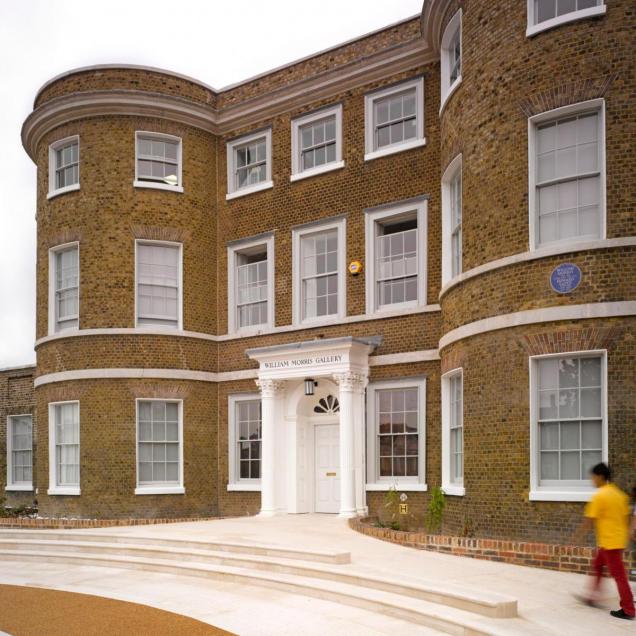

The museum of the year was under threat till a council realised that the local people were perfectly able to appreciate fine art
"I do not want art for a few, any more than education for a few, or freedom for a few." So said William Morris in 1877 in an address titled The Decorative Arts: Their Relation to Modern Life and Progress.
Well, thanks to the Art Fund, public enjoyment of Morris's arts and crafts is set to grow from the few to the many. Because on Tuesday, the William Morris Gallery was crowned Art Fund museum of the year, which will see its attendance figures rocket.
Curators and museum directors will no doubt be travelling to Walthamstow in north-east London to learn lessons on how to display, interpret and market their collections. But the real lessons should be for the left: because the William Morris Gallery's victory must be the final nail in the coffin for any lazy thinking that still dares to equate cultural access with dumbing down scholarship.
Last night's prize-winning was by no means a sure thing. Back in 2007, Waltham Forest council cut back the opening hours, wound down the learning, and downgraded the curatorial staff. Councillors spoke darkly of focusing on the future not the past. They wanted festivals and arts trails, not fusty old museums about dead white men. The subtext was clear: the life and art of William Morris had nothing to offer modern, multicultural, multi-ethnic Walthamstow and it was easier just to do Zumba and face-painting.
It was all the more shocking, given that this was a Labour council thinking about terminating a gallery focused on the legacy of Morris – a man who founded the aesthetic tradition within the Labour movement. What was more, the gallery had been opened by Clement Attlee in 1950 as part of the Labour party's postwar commitment to ensuring popular appreciation of the arts as part of a social democratic state.
Rightly, the response from the arts community was damning. However, even more encouraging was the response of local people, who regarded the gallery not as a paternalistic embarrassment – but as a source of intense civic pride in an otherwise culturally deprived part of the capital. As protest organiser Ian Dungavell put it: "The council should be developing the gallery and getting more people in it. It may be beautiful, but it is not art for the elite. William Morris thought it was art for the people."
So, under council leader Chris Robbins's street-savvy leadership, the Labour group performed a welcome about-turn. Wisely, they saw the gallery as an asset rather than drain on resources – and decided to allocate £1.5m of council tax funds to the museum, securing a matching £1.5m from the Heritage Lottery Fund. The money paid for a total refurbishment, new collection displays, a learning and research centre and new school resources.
The result is a triumph. The gallery does so much: it positions Morris within the topography of north-east London as it edges into Epping Forest and Essex; it explains the roots of his gothicism and relationship with Ruskinian design; it describes the birth of his commercial practice and commodification of style; it deftly charts the nature of his socialism and how his art interacted with his politics; and it explores his remarkable cultural legacy.
The gallery does all this with scholarship and insight in an open and accessible style. There is no dumbing down here, but a great programme of outreach. No compromise on aesthetic and curatorial excellence, but an equal commitment to ensuring that as many people as possible come to understand the importance and wonder of William Morris.
As a result, one of the poorest boroughs in the country now has one of the greatest museums in the country. From the dead-end thinking of 2007 with its terrible assumptions that socio-economically challenged communities and multicultural neighbourhoods cannot appreciate fine art, we now have museum of the year.
As Morris himself put it in The Beauty of Life: "Beauty, which is what is meant by art, using the word in its widest sense, is, I contend, no mere accident to human life, which people can take or leave as they choose, but a positive necessity of life."
© The Guardian 2013